The annual electrical, heating, and hot water energy demand for the EnBW-Areal is estimated to be 2.88 GWh, 1.57 GWh, and 1.77 GWh, respectively.
Böckinger Straße
Die Reduzierung des privaten Wohnraums bedingt auch das Zusammenleben im Quartier. Wohnfunktionen werden wieder in den öffentlichen Raum und die Gemeinschaft verlagert und im Sinne von urbanen Gemeingütern genutzt. Die Funktionsweise solcher Gemeingüter beruht dabei hauptsächlich auf drei Grundelementen: der Ressource, einer Gruppe, die die Ressource gemeinsam nutzt und den Regeln, die diese Gruppe zur Nutzung festlegt. Aber wie kann man solche Gemeingüter in einem sich neu entwickelnden Quartier implementieren?
In einem Realexperiment werden Konzepte und Ideen in Verknüpfung mit
lokalen Akteuren erarbeitet und ausprobiert.
Der Garten des Imanuel Grözinger Hauses dient dabei als Ausgangspunkt. Drei Teams - Kommunikation,
Programm und Bau - führen Interviews, erarbeiten ein Programm
und eine bauliche Intervention vor Ort. Den Abschluss bildet ein Aktionstag
gemeinsam mit Bewohnern und Nachbarn.
Folgen Sie uns auf Instagram! Fotos und Videos führen Sie durch unsere gesamte Woche in der Böckinger Straße.
@les_stuttgart
#ibasummerschool2019 #howtocommons #experiment
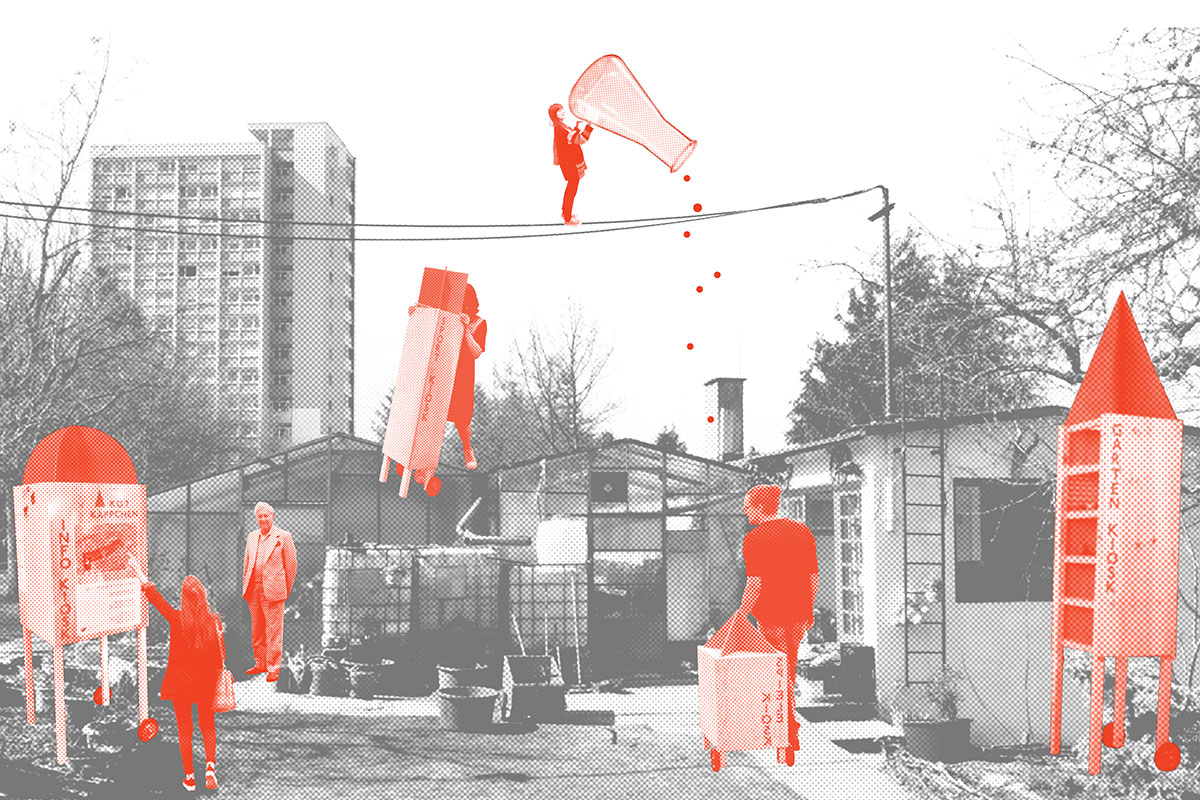
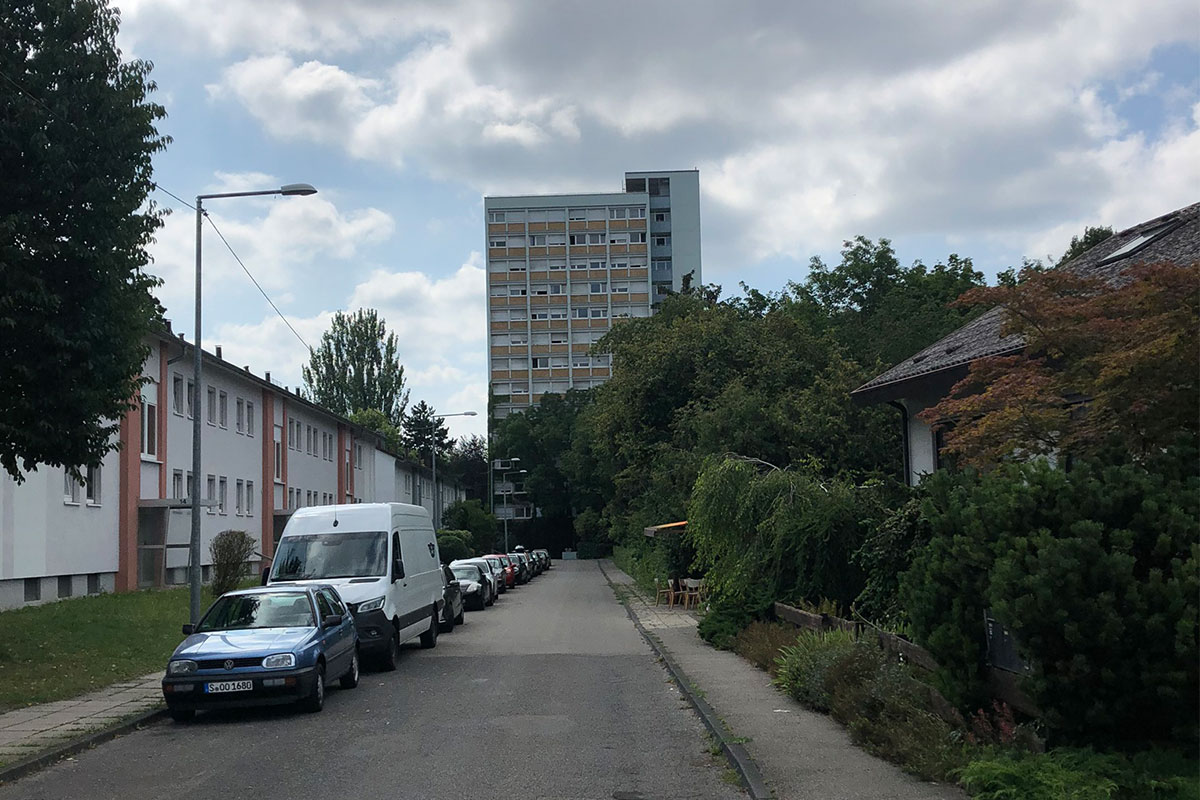
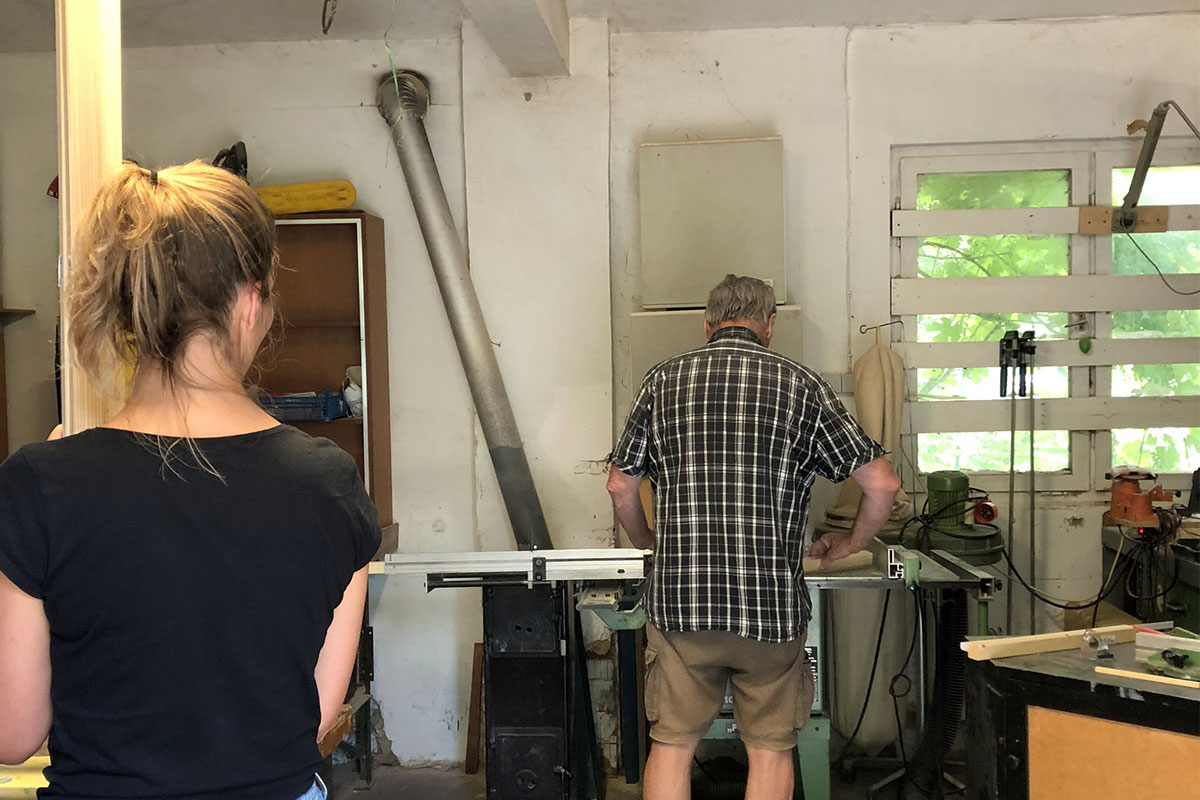

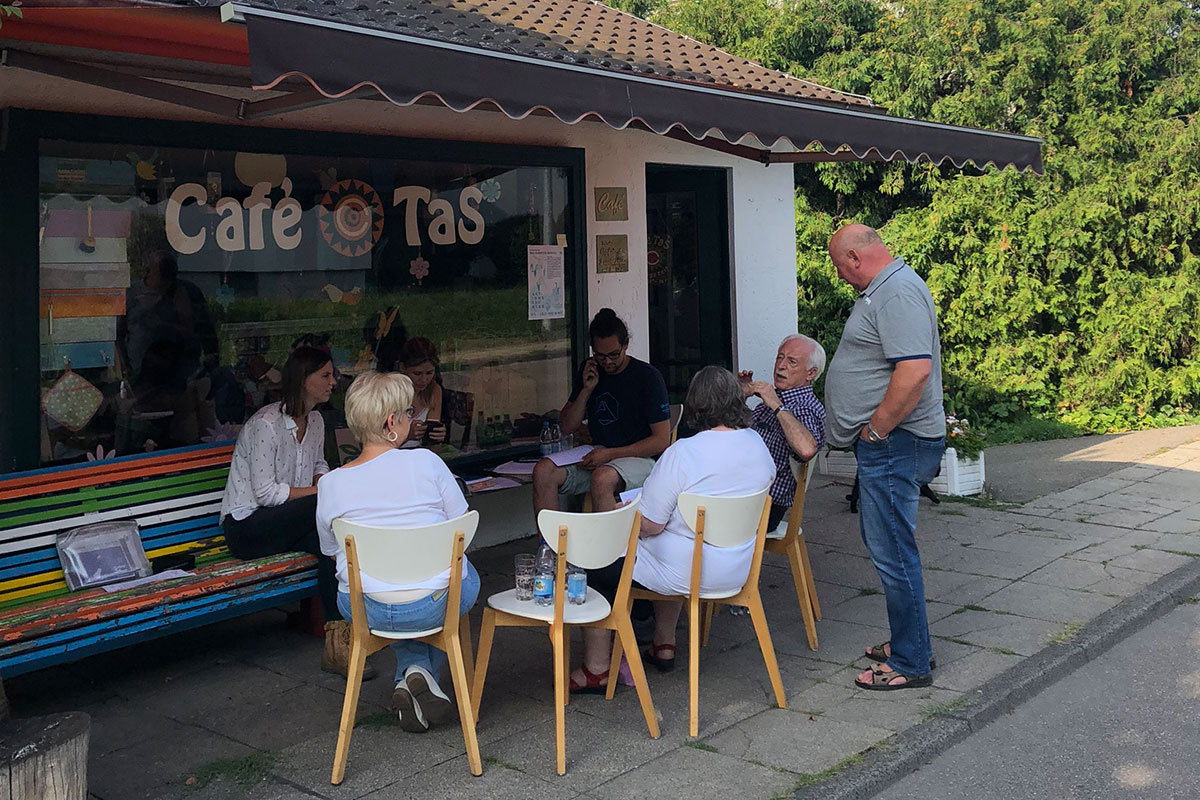




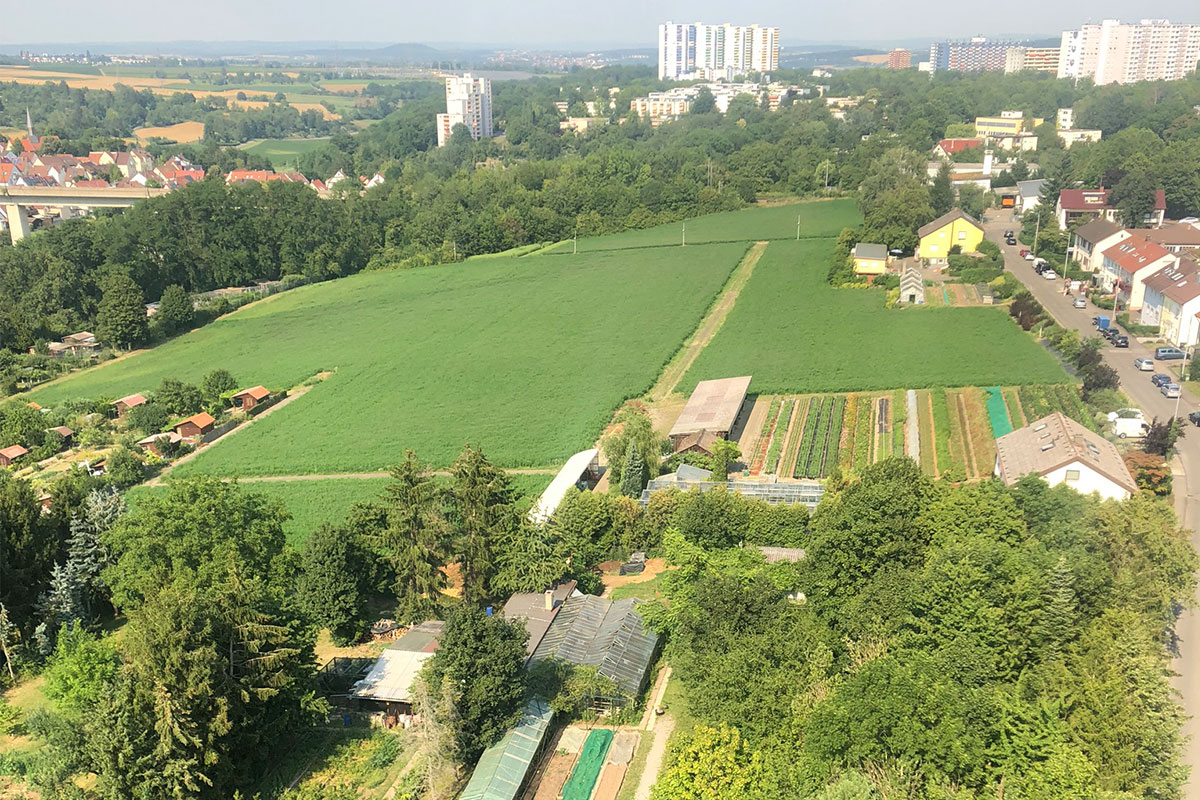
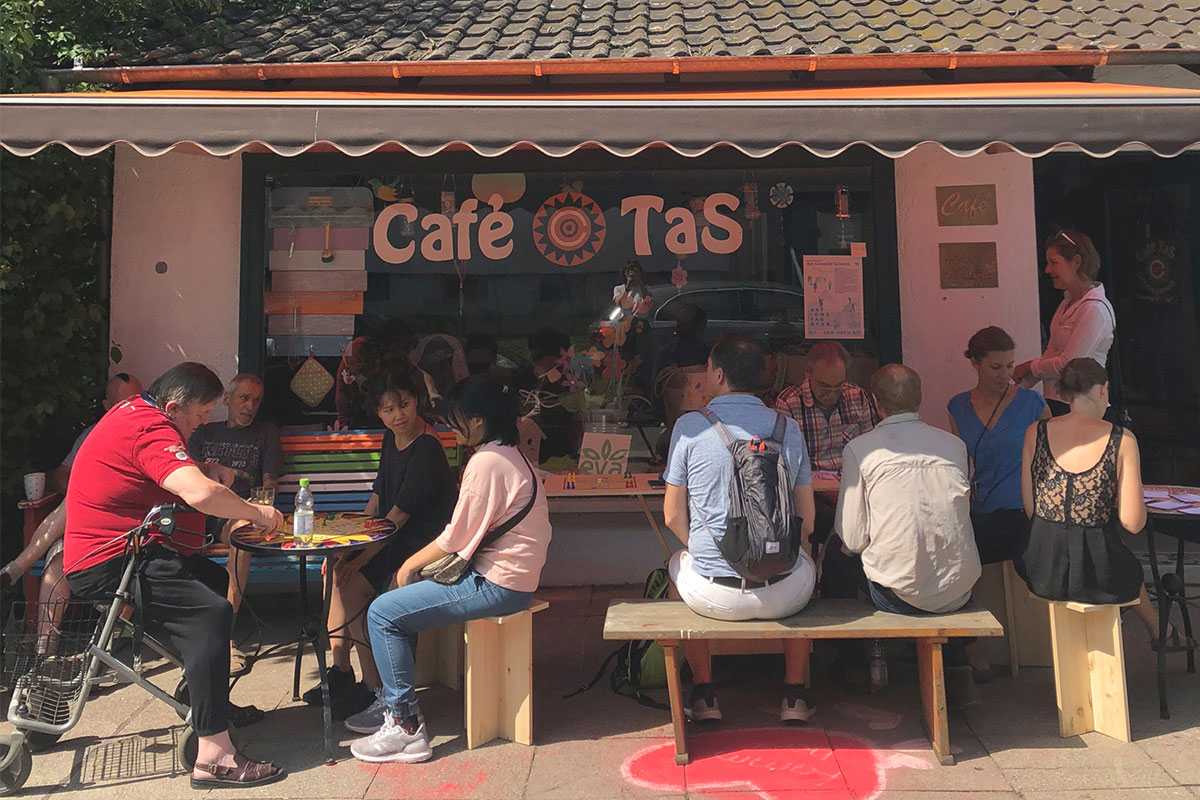
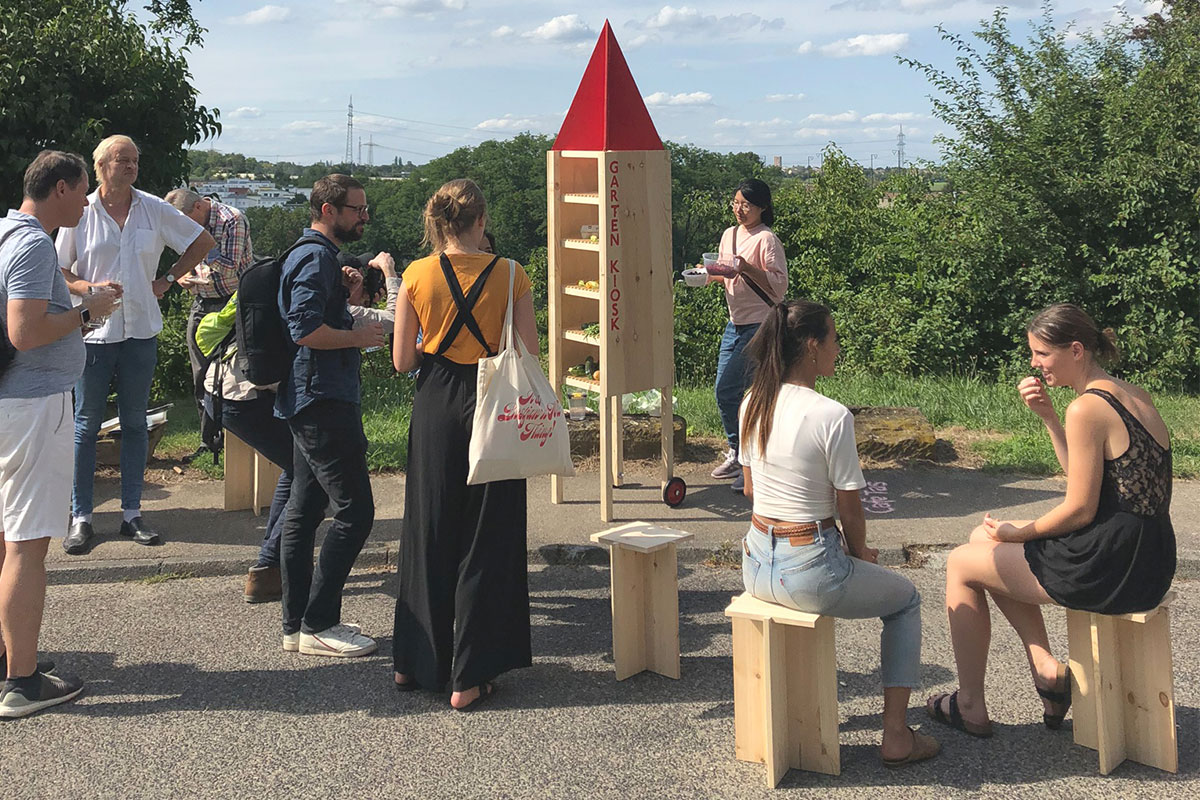


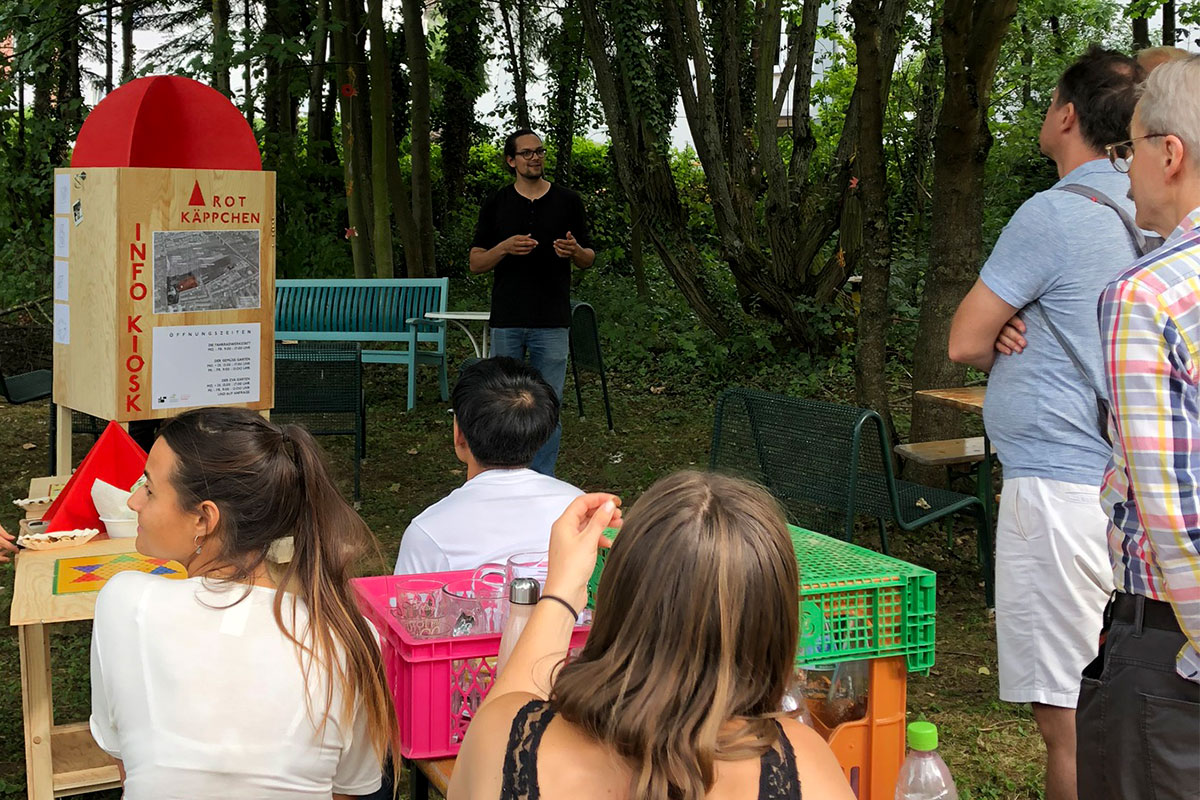


TEAM KOMMUNIKATION arbeitet direkt mit den Anwohnern zusammen.
Wer sind relevante Akteure? Welches Potential bringen neue Akteure mit?
Welche Art der Kommunikation braucht es? In Interviews werden Bedürfnisse
und Wünsche für das zukünftige Quartier abgefragt und gemeinsam
eine Kommunikationsstrategie erarbeitet.
TEAM PROGRAMM beschäftigt sich damit, wie man die gegenwärtigen und
zukünftigen Bewohner*innen des Quartiers aktivieren kann, Gemeingüter
zu entwickeln und zu nutzen. Welche Aktivitäten gibt es bereits vor Ort?
Wo finden sie statt? Und durch welches Programm kann man Akteure
zusammen bringen?
TEAM BAU gestaltet eine bauliche Intervention, die von den Nachbarn
gemeinschaftlich im Sinne eines Urban Common genutzt werden kann.
Was fehlt noch? Welche bauliche Intervention kann die Bildung von urban
commons unterstützen? Und was bleibt am Ende zurück?
Die Reduzierung des privaten Wohnraums bedingt auch das Zusammenleben im Quartier. Wohnfunktionen werden wieder in den öffentlichen Raum und die Gemeinschaft verlagert und im Sinne von urbanen Gemeingütern genutzt. Die Funktionsweise solcher Gemeingüter beruht dabei hauptsächlich auf drei Grundelementen: der Ressource, einer Gruppe, die die Ressource gemeinsam nutzt und den Regeln, die diese Gruppe zur Nutzung festlegt. Aber wie kann man solche Gemeingüter in einem sich neu entwickelnden Quartier implementieren?
In einem Realexperiment werden Konzepte und Ideen in Verknüpfung mit
lokalen Akteuren erarbeitet und ausprobiert.
Der Garten des Imanuel Grözinger Hauses dient dabei als Ausgangspunkt. Drei Teams - Kommunikation,
Programm und Bau - führen Interviews, erarbeiten ein Programm
und eine bauliche Intervention vor Ort. Den Abschluss bildet ein Aktionstag
gemeinsam mit Bewohnern und Nachbarn.
Folgen Sie uns auf Instagram! Fotos und Videos führen Sie durch unsere gesamte Woche in der Böckinger Straße.
@les_stuttgart
#ibasummerschool2019 #howtocommons #experiment
Energy Project Stöckach
In this study, we have evaluated multiple local energy system scenarios to find the optimal energy system design concepts for the” future” EnBW-Areal. In this study,
• we developed a 3D CityGML model for the EnBW-Areal and along with other calculation tools, estimated the electricity, heat, and hot water related energy demand profiles for the neighborhood.
• we evaluated multiple energy supply options that includes energy sources and conversion technologies to meet the estimated total energy demand.
• we evaluated the cost minimized technology mixes that achieves reduced CO2 emissions and compared the different energy system scenarios against a baseline energy system.
The study shows that the EnBW-Areal has a feasible potential to utilize approx. 30-35% of the roof area to generate local electricity from solar PV. As a result, the energy consumption related CO2 emissions can be reduced by about 30% compared to the base scenario evaluated in this study at an 8% less cost. PV curtailment due to over production and feed-in constraints could lower the share of integrated PV generation significantly above 35% penetration levels. There are both technological and market-based strategies to optimally integrate the local PV generation. However, such concepts must be analyzed further in greater detail.
High-efficient heat pumps can both reduce the CO2 emissions and the primary energy use. A direct comparison between the heat pumps and district heating is tricky because the emissions from a district heating plant heavily depends on it’s fuel mix. In Stuttgart, it is common to use a fuel mix comprising of coal, gas, and municipal waste to generate heat.
It is more economically feasible to schedule the heat pump operation to supply the base-load heating and hot water demand. That increases the utilization of heat pump capacity, and therefore the rate of return on the investment.
Thermal storages improve the utilization of heat pump capacity. The flexibility of thermal storage units to meet the peak demand enable the heat pumps to be slightly undersized for the base-load operation.

Thermal storages improve the utilization of heat pump capacity. The flexibility of thermal storage units to meet the peak demand enable the heat pumps to be slightly undersized for the base-load operation.
The adoption of residential battery storages in Germany is driven by the self-consumption optimization objective. At lower PV levels, the generated PV electricity can be directly consumed, hence the benefits of battery systems are less. However, at higher PV penetration levels and when innovative market designs enable the participation of battery storage systems to provide other services to the electricity network, the value of battery storage systems can increase rapidly.
The answer to this question has two layers. The first layer is the aggregated system level feasibility, which is what we can see from our study. The second layer is the benefit distribution and economic feasibility at the individual prosumer level that is something that requires much deeper analysis.
We see at the system level; the local energy transition has a positive outlook. Some of the scenarios that we looked at recovered their total investment within the first 8 years.

Nordbahnhof
Im Nordbahnhof Areal ist ein Neubau geplant. Dieser kann in verschiedenen Aspekten mit den bestehenden Bauten verglichen werden. Der Energie Nutzungs Aspekt kann nur bedingt herangezogen werden, da die Gebäude sehr unterschiedliche Nutzungen haben. Hier würde es sich anbieten verschiedene Planungen aufgrund ihrer Energienutzung zu vergleichen.
Specific Space Heating Demand
The specific space heating demand wurde mit SimStadt simuliert. Die Werte sind in [kWh/m²·a] angegeben.
- min-100
- 100-200
- 200-300
- 300-400
- 400-max
Navigationsberechner
Bitte wählen Sie einen Start und Endpunkt für ihre Route aus.
Duration with Car
Duration with Public



